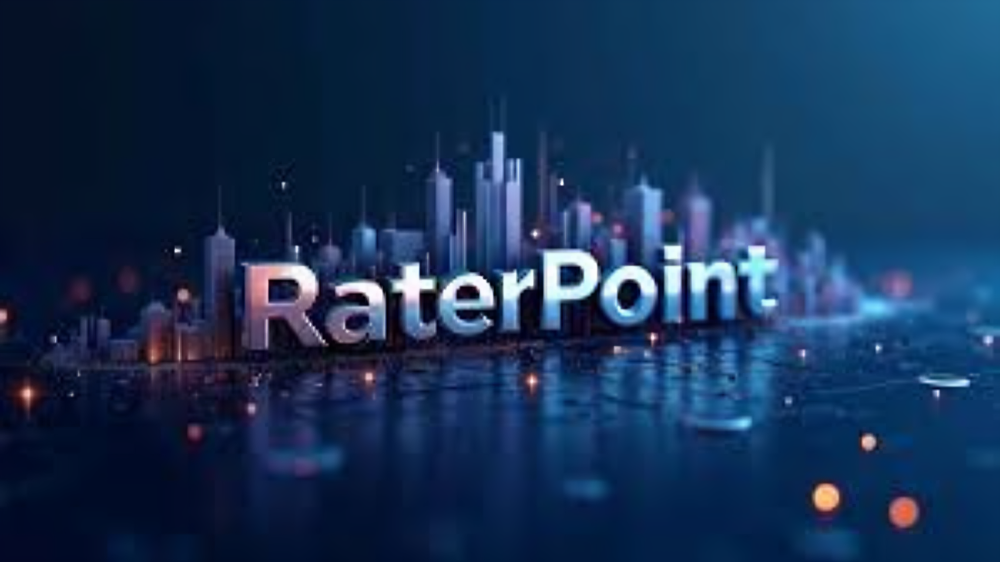What is Raterpoint?
Raterpoint is a term that has gained traction in various industries, particularly in online rating systems and performance assessment metrics. Whether you’re exploring digital platforms, customer feedback mechanisms, or employee performance evaluation, understanding Raterpoint can be crucial in making informed decisions.
In this article, we will delve deep into the concept of Raterpoint, its applications, benefits, and how it influences different sectors.
Understanding Raterpoint in Digital Rating Systems
How Raterpoint Works
Raterpoint is often associated with online rating and review systems. It is used to quantify the credibility of ratings given by users on platforms such as e-commerce websites, online learning portals, and service review sites. The concept helps in filtering out biased, spammy, or unhelpful ratings by analyzing factors like:
- The history of the reviewer
- Consistency in feedback
- Engagement with the platform
- Verified purchase status
Importance of Raterpoint in Online Reviews
Online reviews play a critical role in shaping customer perceptions. By implementing the Raterpoint system, platforms can ensure that only genuine and useful reviews influence potential buyers. It helps in:
- Reducing fake reviews
- Enhancing transparency
- Improving customer trust
Raterpoint in Employee Performance Evaluation
Application in Workplaces
Many organizations use Raterpoint as a scoring mechanism to assess employee performance. Performance reviews often incorporate Raterpoint to:
- Measure efficiency and productivity
- Evaluate teamwork and collaboration
- Provide insights for promotions and appraisals
Advantages of Using Raterpoint in HR Systems
- Objective Assessment: Helps in unbiased performance evaluation.
- Data-Driven Decisions: Offers insights based on measurable metrics.
- Employee Motivation: Encourages employees to improve performance based on clear evaluation criteria.
How Businesses Can Benefit from Raterpoint
Enhancing Customer Satisfaction
Businesses that integrate Raterpoint into their customer feedback systems can better understand consumer needs. This leads to improved products and services, ultimately enhancing customer satisfaction.
Strengthening Brand Reputation
By filtering out unreliable ratings, companies can build a strong brand reputation. Customers rely on authentic feedback, and Raterpoint ensures that only credible reviews contribute to a company’s online presence.
Improving Decision-Making
Organizations that use Raterpoint-based analytics can make better strategic decisions. Understanding customer preferences and employee performance through structured data helps in optimizing business operations.
Challenges Associated with Raterpoint
Potential Bias in Ratings
Although Raterpoint aims to improve rating authenticity, there can still be instances of biased evaluations due to personal preferences or conflicts of interest.
System Manipulation
Some users may attempt to manipulate the Raterpoint’s system for personal gain. Businesses must implement strong verification measures to maintain the integrity of the system.
Technical Implementation
Integrating Raterpoint’s into existing digital platforms can be complex and may require significant technological expertise.
Future of Raterpoint
AI and Machine Learning Enhancements
With advancements in artificial intelligence, Raterpoint’s is expected to become more sophisticated. AI algorithms can enhance rating authenticity by:
- Identifying fake reviews
- Analyzing sentiment trends
- Predicting customer behavior
Expansion Across Industries
While currently popular in digital rating systems and HR evaluations, Raterpoint’s is likely to expand into other domains such as:
- Healthcare: Patient feedback and doctor reviews
- Education: Student performance assessments
- Financial Services: Credit rating and risk assessment
FAQs
Q: What is the primary purpose of Raterpoint’s?
Raterpoint’s is used to evaluate ratings and performance metrics to ensure credibility, transparency, and efficiency in various fields, including online reviews and employee assessments.
Q: How does Raterpoint’s prevent fake reviews?
Raterpoint’s uses algorithms to assess reviewer credibility based on history, consistency, and engagement, helping to filter out fake or biased reviews.
Q: Can businesses customize the Raterpoint’s system?
Yes, businesses can tailor the Raterpoint’s framework to fit their specific needs, ensuring that it aligns with their objectives and industry standards.
Q: Is Raterpoint’s applicable to small businesses?
Yes, small businesses can benefit from Raterpoint’s by enhancing their online reputation, improving customer feedback systems, and making data-driven decisions.
Q: Will Raterpoint’s evolve with technology?
Yes, with advancements in AI and machine learning, Raterpoint’s is expected to become more accurate and efficient, offering even greater value to businesses and consumers.
Conclusion
Raterpoint’s is a powerful tool that enhances credibility in rating systems and performance evaluations. Whether used in digital platforms, corporate HR systems, or customer feedback mechanisms, it provides valuable insights that drive better decision-making. As technology advances, Raterpoint’s is poised to play an even more significant role in ensuring transparency and authenticity across various industries.




